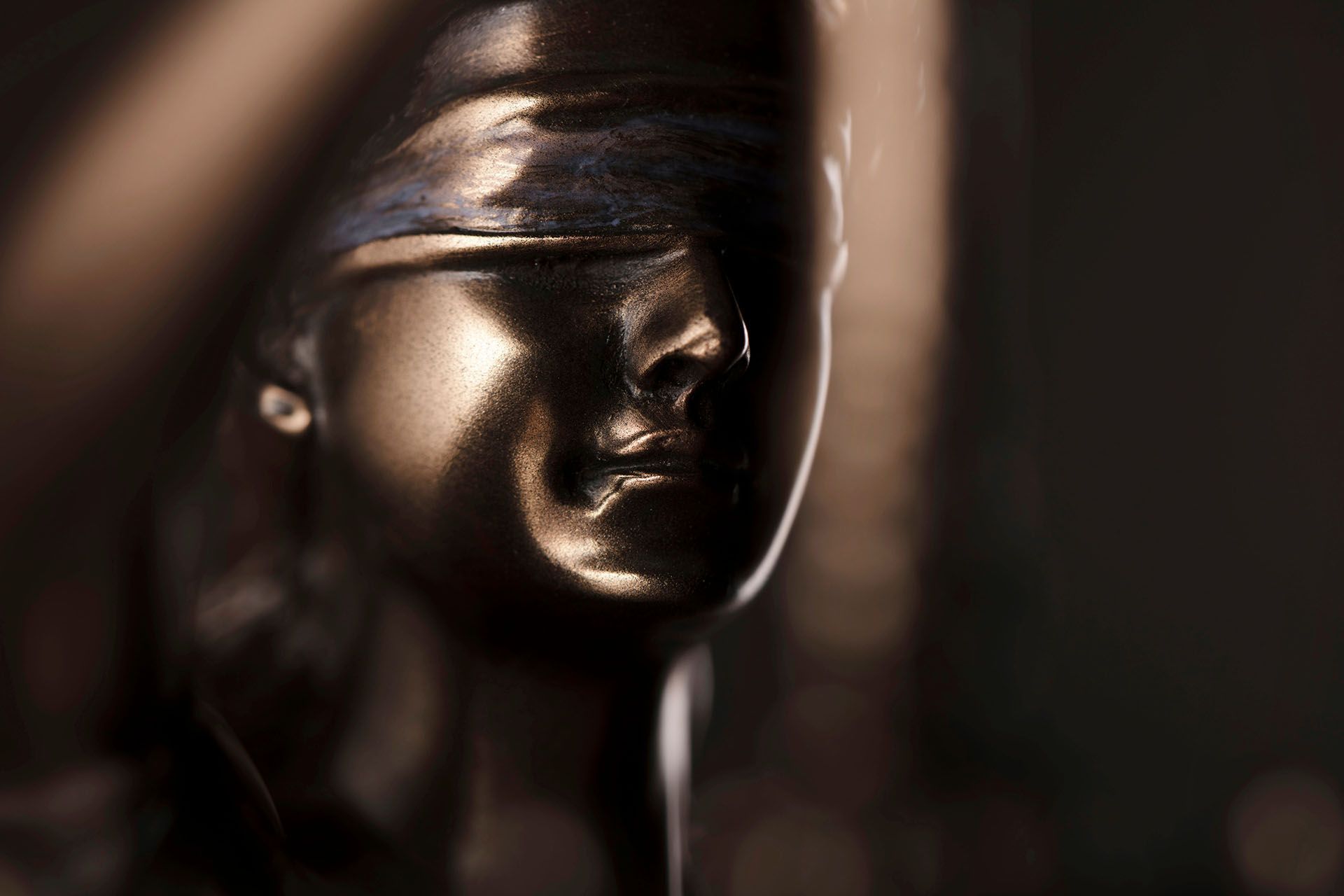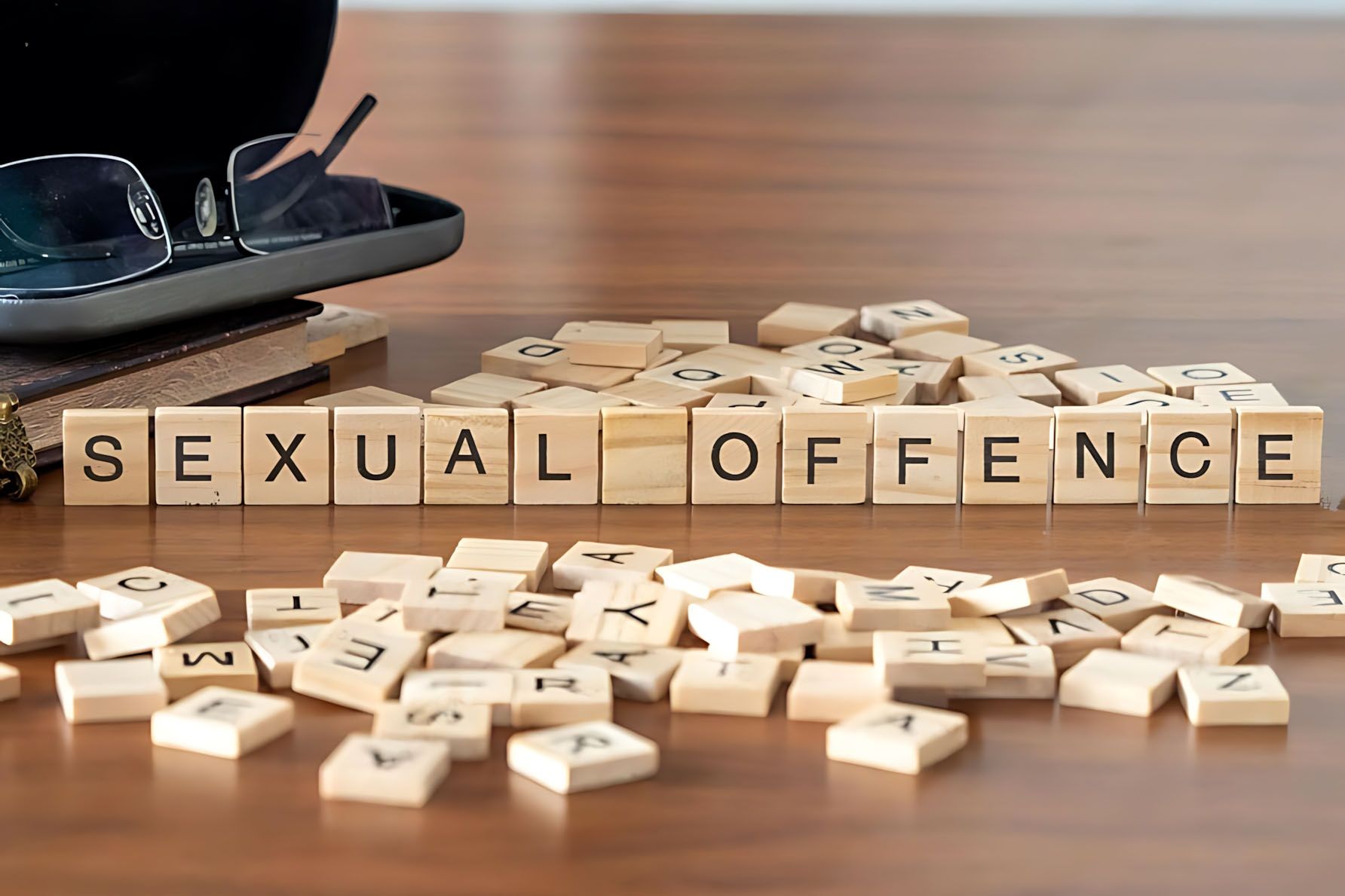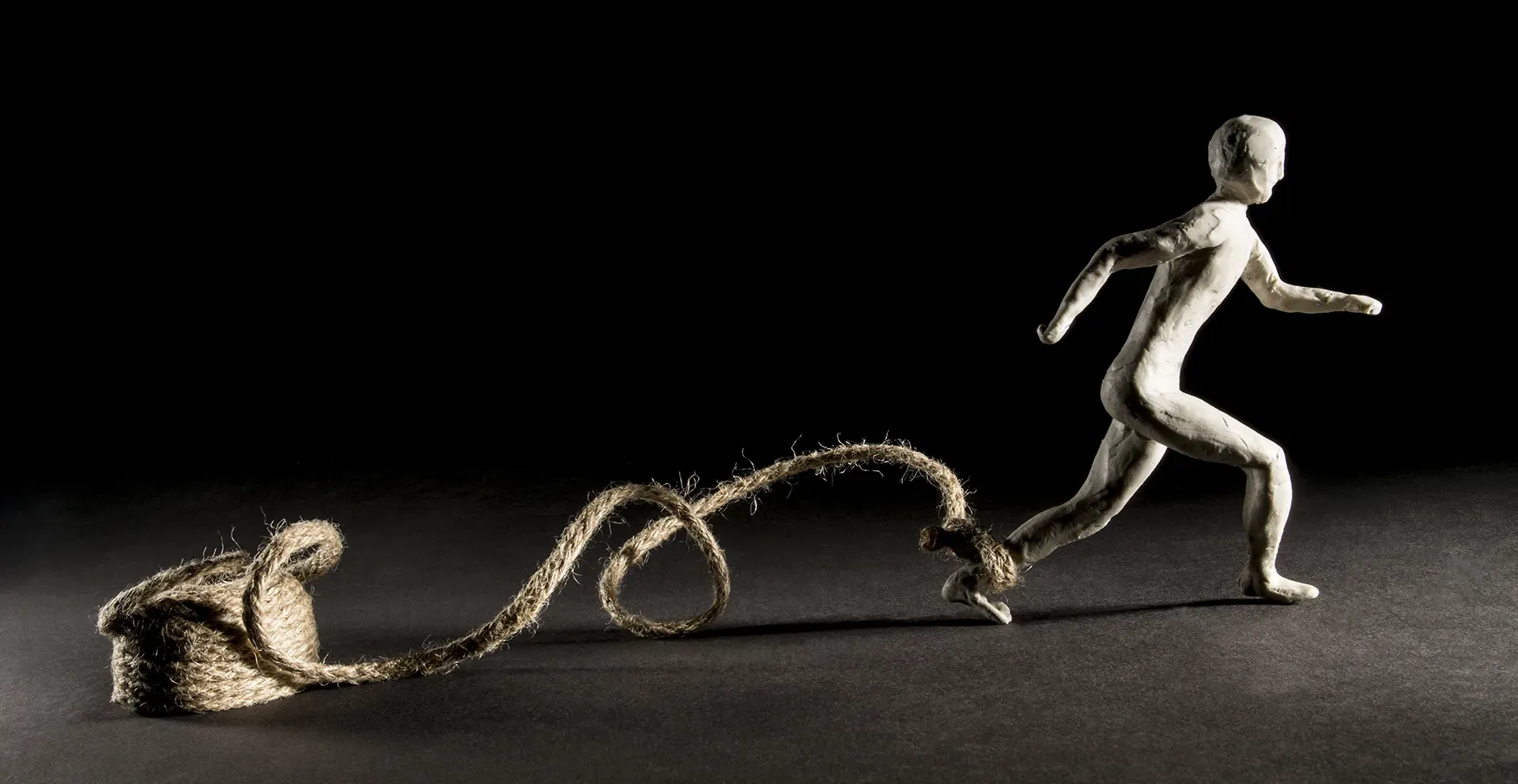Call Us Today
The Exclusion of Identification Evidence
Proving the identity of the person who allegedly committed an offence is a vital step for the prosecution in any criminal case. Identifying a suspect is often done through eye-witness visual identification, but it can also be done through fingerprints or DNA evidence.
In this article, we will be discussing visual identification evidence and picture identification evidence. We will be discussing the rules of evidence and how evidence of identification of an accused person can be excluded in certain cases.
It is important to note that visual identification evidence pertains to identification evidence that relates to an identification of what a witness has seen, either partly or in its entirety. This only pertains to a piece of visual evidence, one that does not include picture identification evidence.
Section 114 of the Evidence Act 2011 (ACT) provides that visual identification evidence may be inadmissible in Court unless it meets the following criteria:
- An identification parade was conducted with the accused before the identification was made; or
- It would not have been reasonable to hold an identification parade; or
- The defendant refused to take part in the parade
If any of the above criteria apply, the identification of the defendant must also have been made without the person identifying the defendant being influenced to identify the defendant.
So, just because police say they have identified a defendant as the alleged perpetrator, if it is that they have not complied with the above, the evidence of the identification may be excluded.
The kind of matters the Court needs to consider when deciding whether it would have been reasonable to hold an identification parade (think police line up in movies!) are covered in Sections 114(3)-(6) of the Evidence Act 2011 (ACT)
Picture identification evidence pertains to the identification evidence made by an individual, either partly or wholly, based on identification from photos kept for the use of police officers (such as a police photoboard). Because the photos are kept by police and there is the possibility that prejudice to a defendant may arise, Section 115 of the Evidence Act 2011 (ACT) provides that picture identification evidence may be deemed inadmissible by the Court if the following is applicable:
- If the photos suggest that they are a photo of a person in police custody;
- Examination of pictures by the identifier was at the time when the defendant was in the custody of a police and they were in custody due to this particular charge;
- The picture of the defendant examined was made before the defendant was taken into police custody.
Picture identification evidence exclusions do not necessarily apply if the picture identification evidence meets the following:
- The appearance of the defendant has changed between the time of the offence and the time of the defendant being remanded in custody;
- It would not have been reasonable to hold an identification parade
- The defendant has refused to partake in an identification parade
Learn More About How Identification Evidence Works With Criminal Lawyers
As with everything about law and the rules of evidence, understanding the many complexities of identification evidence can be difficult. The admissibility in Court of identification evidence of a defendant in a criminal case may make the difference between winning and losing the case. That’s why it’s crucial that if you have been charged, you seek the advice early on from an experienced criminal lawyer so that if any identification evidence issues arise in your case, a strong defence strategy can be prepared to fight back. It can take the mighty hands of a lawyer to successfully win a case based on the exclusion of identification evidence.
With the being said, if you have been charged with a criminal offence, why not call on Andrew Byrnes Law Group, one of Canberra’s leading criminal law firms? With passion, dedication, and conviction, we’ll help you get the upper hand of your case and get the best possible result, no matter how difficult it may be. Book a free consultation with us today.



















